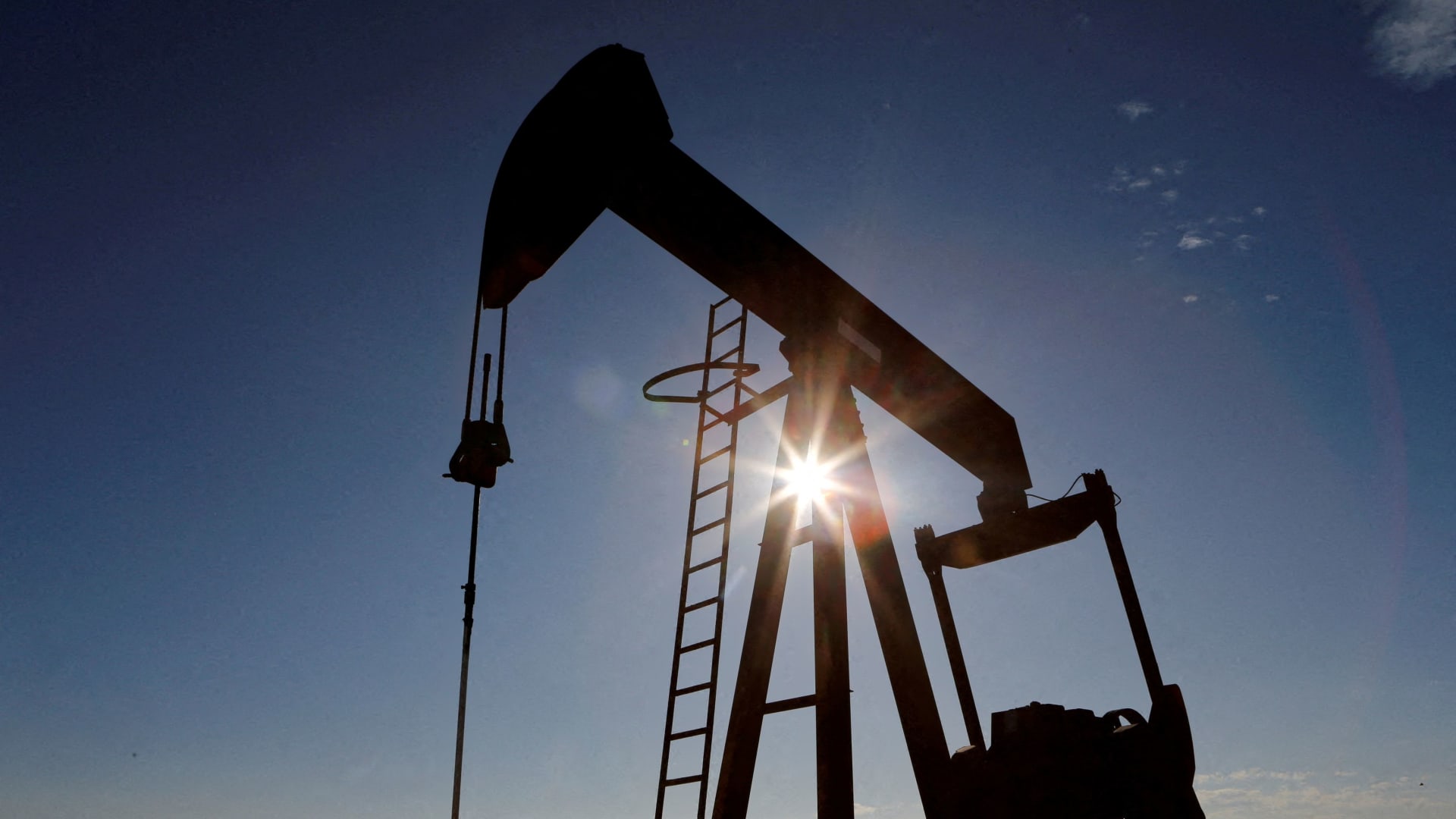
A group of researchers at Michigan Technological University (MTU) argues that a fully renewable energy grid could be achieved if the US converted mines into hydro-powered batteries. Such mines could clear the path for the “most ambitious” renewable energy goals in much of the country.
The need for more energy storage has become “absolutely urgent” as renewable energy sources have expanded, says associate professor Timothy Scarlett, an archaeologist on the MTU research team. Wind and solar power generation is outpacing our ability to use or store it, creating bottlenecks of pent-up power that can lead to wasted energy and brownouts.
Scarlett explains that converting mines to act as batteries would stabilize a grid powered by wind and solar, absorb excess power, and make up for shortfalls at times when there’s either too much or too little power.
What are the opportunities and barriers for repurposing decommissioned mines into pumped underground storage hydro (PUSH) facilities? That question was examined at MTU’s Keweenaw Energy Transitions Lab (KETL), which has as its overarching objective to explore, investigate, and develop pathways for transforming old environmental and economic liabilities into productive clean energy assets for the benefit of sustainable and prosperous communities.
The PUSH study focuses on a decommissioned iron ore mine in Negaunee, Michigan, but it doesn’t stop there. Drawing on data collected, the team extends the results to consider the applicability of PUSH on a national scale.
Funded by a grant from the Arthur P. Sloan Foundation, the KETL team explores the potential of adapting a derelict mine in Michigan’s Upper Peninsula (UP) into an energy storage facility. Michigan’s UP has copper and iron mining ranges filled with abandoned mines, which present ecological and economic challenges. The researchers found 968 suitable mines, mostly in the west and in the Upper Peninsula, using a government database. Several of these mines are very large, giving them enormous energy potential as batteries for the electrical grid.
The communities that live with these historic mines have complex relationships with them, though, valuing their symbolic role as heritage monuments, sites of memory, and tourism resources. Given these contexts, the KETL study was about much more than renewable energy applications.
Instead, the researchers posed, “Can PUSH facilities be designed to reinforce heritage values while also transforming the energy system?” The report concludes that PUSH can assist economically depressed areas to transform into thriving economic development hubs — because of, not despite, their heritage.
“Pumped storage is the best solution, and underground pumped storage is the most elegant of the best solutions,” Scarlett describes. (Note: Scarlett reached out to CleanTechnica as a followup to an article we published in 2019 about the initial stages of their project.)
The National Renewable Energy Laboratory has said that the US needs 120 gigawatts of storage to have an 80% renewable grid by 2050; the country had about 23 gigawatts in 2020.
The Technology behind the Hydro-Powered Batteries
PUSH is a type of closed-loop pumped storage hydro (PSH) technology where the upper reservoir is located either at or below the ground’s surface, while the lower reservoir and turbomachinery are built entirely underground.
This closed-loop PSH application is capable of providing essential grid services while also mitigating and remediating environmental damage caused by past mining activities and offering sustainable economic development opportunities for post-mining communities. These attributes of PUSH can mitigate the complexities of the licensing and permitting process and improve the economic feasibility of PUSH facilities.
The case study in Negaunee, Michigan showed that the mine could provide ultra-long duration storage, offering continuous power to 30,000 people for 3.5 months — at a profit — once it is built.
The team accumulated data from a variety of sources: community outreach; historic records from local archives, including documents like maps of the surface and underground workings and other company records; and, oral histories of mining operations and community life. Each proved to be instrumental in the analysis of the mine dimensions, structural integrity, soil and water contamination, property rights, and design considerations.
A PUSH facility can be developed using mature technological systems—materials and machinery—used by conventional PSH. In what they call a conservative estimate, researchers determined the US has capacity for between 137 and 285 gigawatts of storage within nearly 1,000 mines likely suited to PUSH.
Based on their analyses, the team made several high- and low-volume reservoir and head estimates, which translated into 5 fully and partially subterranean PUSH designs.
Using these designs, the team calculated the nameplate and energy storage capacities for several scenarios under 3 models.
- The first model calculated the maximum installed nameplate capacity with 7-hour discharge time for a partially and completely subterranean PUSH facilities using the high and low volume estimates of the available upper- and lower-reservoirs. The main objective of this model is to demonstrate the potential for a system requiring a high-power output. The team does not believe that this model contains realistic options for the case study location because it is very unlikely that both the current market conditions and the transmission and distribution infrastructure will accommodate facilities with these nameplate capacities.
- The second model simulates daily energy storage scenarios that are based on the site characteristics noted above. This model presents the most realistic design options that can be developed at the site.
- The third model extends the second model to explore the potential of PUSH as a solution for long-term energy storage. The third model’s scenarios have the largest storage capacities for a completely and partially subterranean PUSH facility. Although this model is similar to the first model, it appears to be more practical because it is not constrained by the limitations of the first model, and it is not likely to require the construction of additional shafts.
Dealing with potentially contaminated mine water during the dewatering and operating stages is likely to be a challenge, the researchers note.
Final Thoughts
Through their study, “Enhancing Electrical Grid and Community Resilience through Repurposing Decommissioned Mines into Underground Pumped Storage Facilities,” the KETL researchers determined that possibilities within the renewable energy transition are available and in the public’s interest through problem-solving approaches like energy storage, mine reclamation, and rural economic development. Together, these elements can help to achieve greater energy justice.
By analyzing the technical, economic, legal, regulatory, water quality, social, and community engagement dimensions of PUSH, the team has come to see their work as an opportunity to bring sustainable economic resources to communities that have been abandoned by mining as they struggle with reclamation and revitalization.
Projects of this kind are already underway in Europe. Last year, Finland invested €26.3 million to convert one of the deepest mines on the continent for energy storage.
Appreciate CleanTechnica’s originality and cleantech news coverage? Consider becoming a CleanTechnica Member, Supporter, Technician, or Ambassador — or a patron on Patreon.
Advertisement
 This post has been syndicated from a third-party source. View the original article here.
This post has been syndicated from a third-party source. View the original article here.






